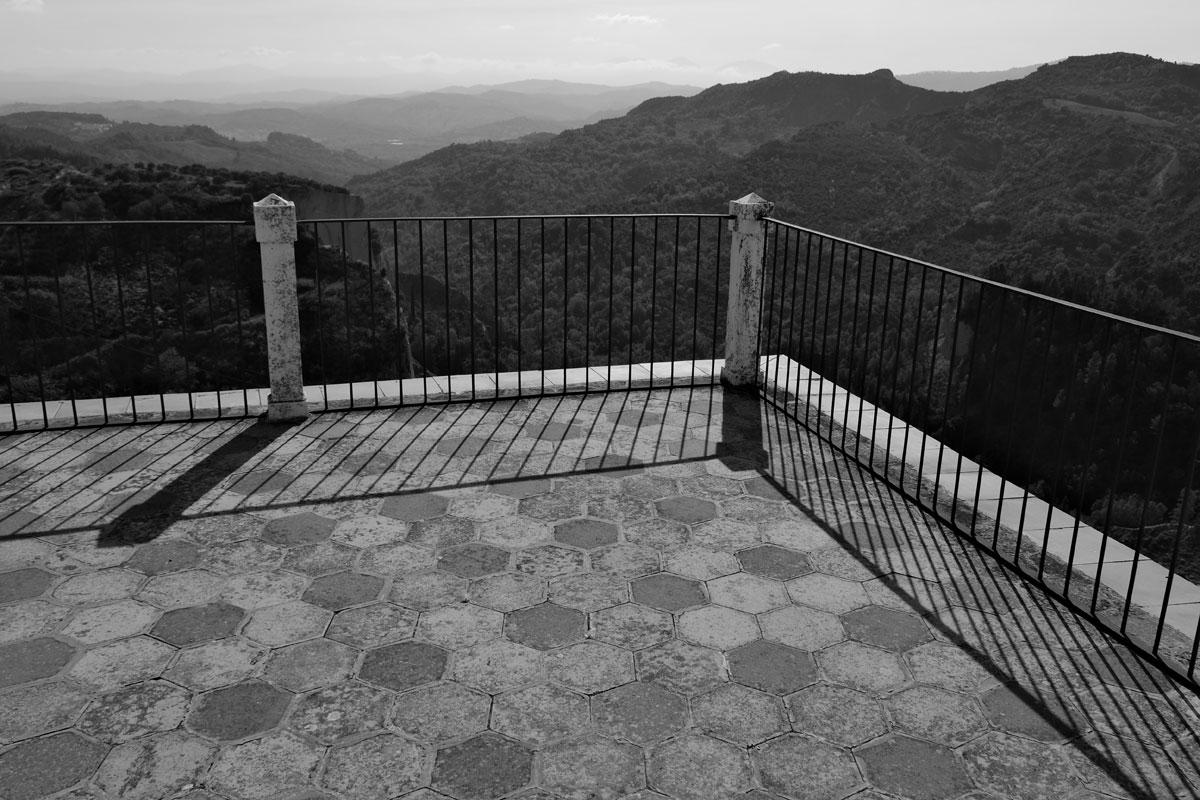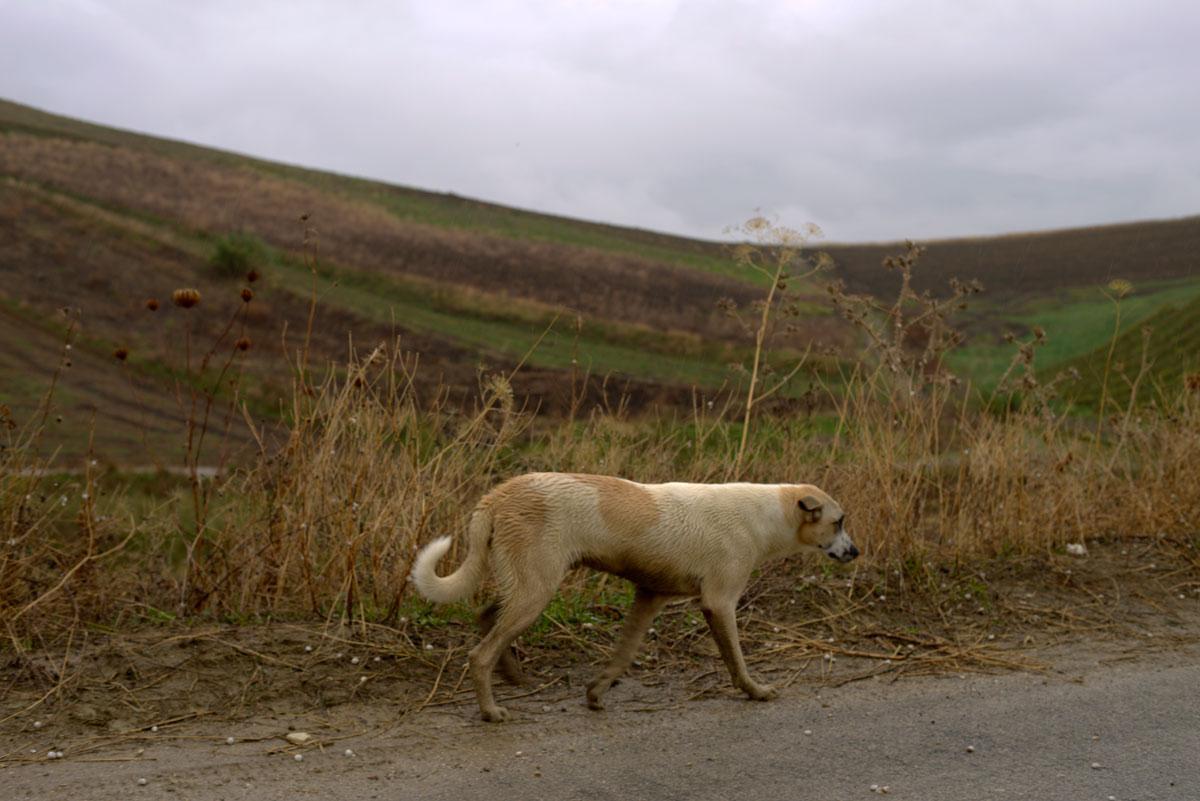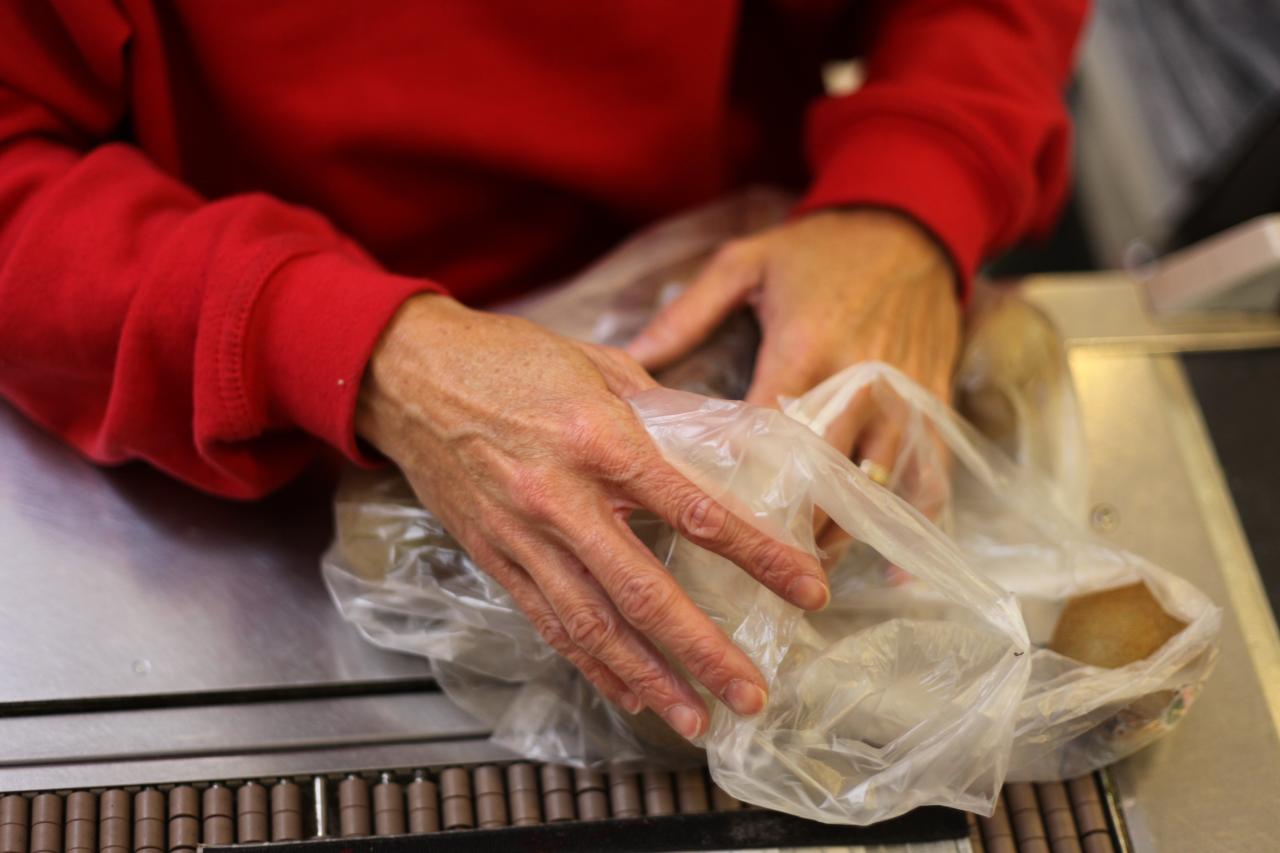Auvergne-Rhône-Alpes
Gilles Verneret
Born in 1950
Lives and works in Lyon

Vue de la terrasse où il pose son chevalier
Excerpt from the series Photography stopped at Eboli, “In the footsteps of Carlo Levi”, Puglie, Italy, November 2021
© Gilles Verneret

Sur la route de Corleone (1)
Excerpt from the series From Palermo to Syracuse, in the footsteps of G.T. di Lampedusa, L. Visconti and R. Rosselini, 2018
© Gilles Verneret

Caissières : le poids des choses, 2009
Extract from a set of 36 silver photographs
© Gilles Verneret
“From the very start of my work as an artist, in 1973, I have wanted to create memory-centric art. My approach follows the spirit of “straight photography” in the sense that it is direct and spontaneous, never staged or cropped, and leaves room for imperfections like the movement of life does. My method is to sample pieces of reality as a form of “aesthetics of banality”, while also paying attention to composition and framing as inspiration strikes. The articulation and interaction between the pictures constitute a personal vision of the world, in which subjectivity reigns supreme.”
Gilles Verneret, 2017
Translated by Lucy Pons, 2024
Biographical notes translated with the support of the Centre national des arts plastiques - Cnap.